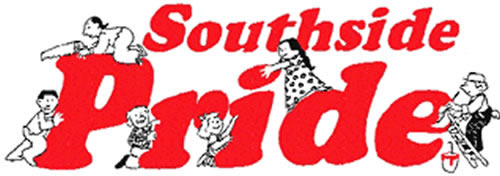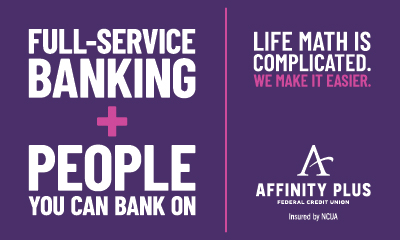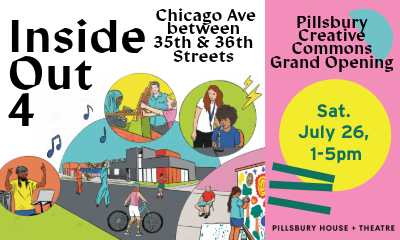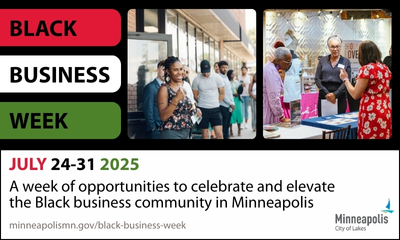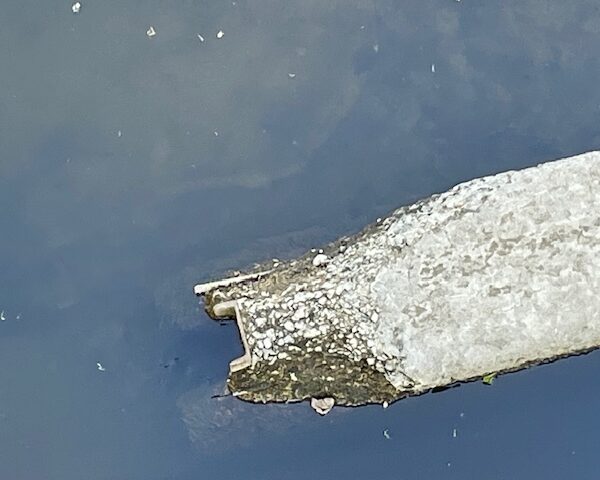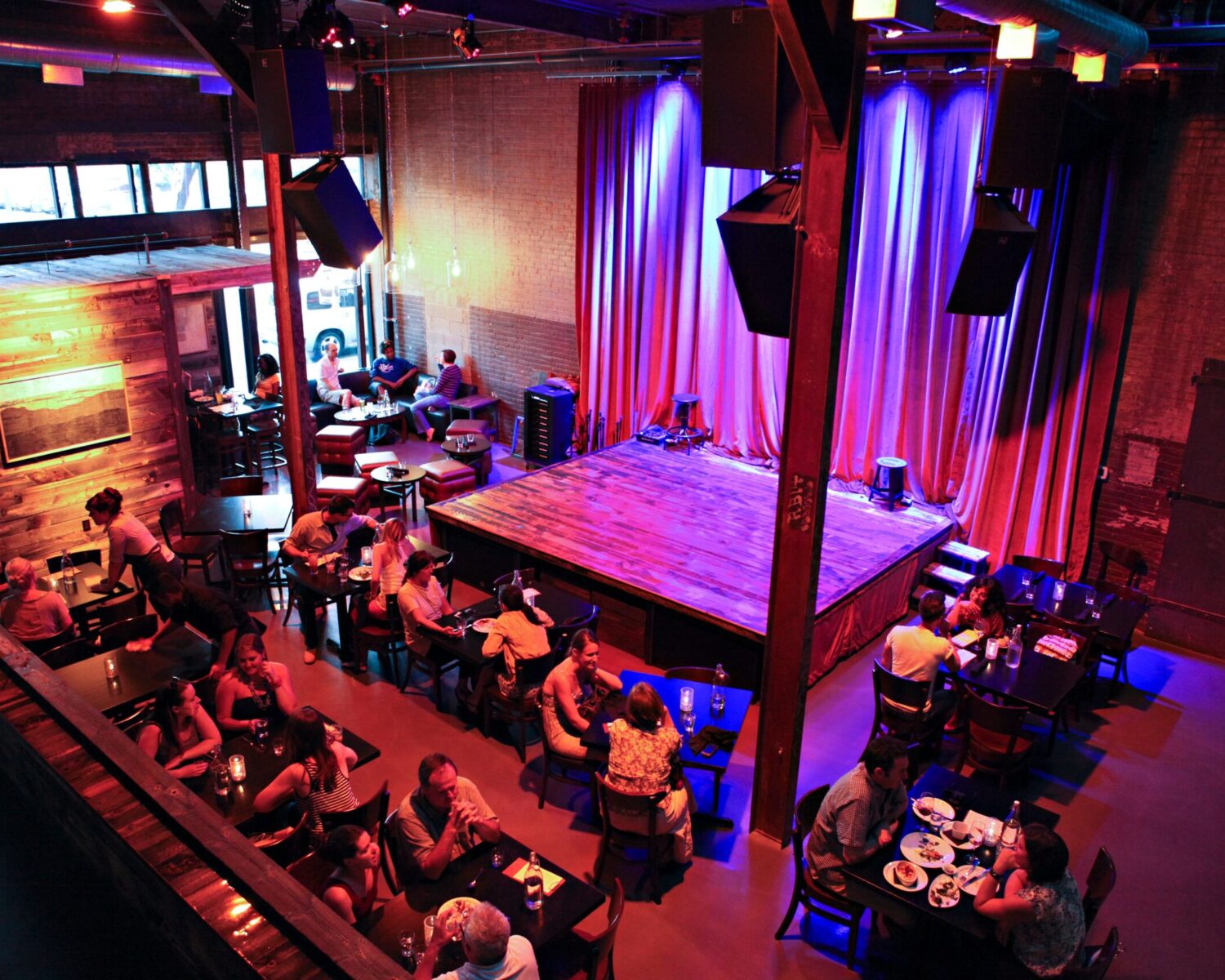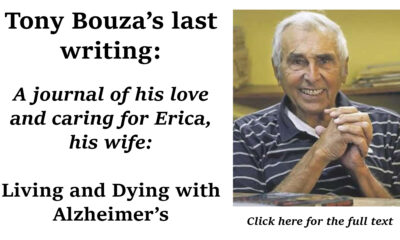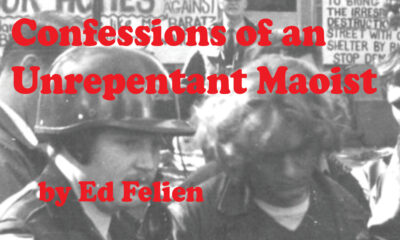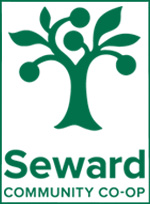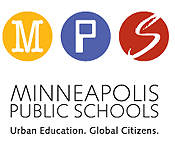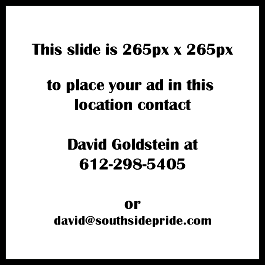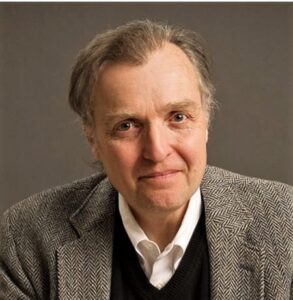
Cam Gordon
BY CAM GORDON
While the city has struggled to create the truth and reconciliation process it committed to nearly 5 years ago, one small Southside group is making progress of its own.
On March 22, the Reclaiming Edmund Boulevard Coalition and Ward 12 Council Member Aurin Chowdhury hosted a meeting at Longfellow Park to share their plans to rename the 14-block-long street running east of West River Parkway. It’s currently named after Edmund G. Walton, a local real estate developer from the early 1900s.
Attention turned to Edmund Blvd. in 2019, when the University of MN led Mapping Prejudice Project documented that Walton used racially discriminatory — and now illegal — restrictive covenants in deeds to many of the properties he sold throughout South and Southwest Minneapolis. This includes the area he called Walton’s Mississippi Heights, where Edmund Blvd. is today.
The mapping prejudice project found that “Walton was almost certainly the author of this text from 1910 which became the first racial covenant in Minneapolis: ‘The premises hereby conveyed shall not at any time be conveyed, mortgaged or leased to any person or persons of Chinese, Japanese, Moorish, Turkish, Negro, Mongolian or African blood or descent. Said restrictions and covenants shall run with the land and any breach of any or either thereof shall work a forfeiture of title, which may be enforced by re-entry.’”
The group plans to use the process that allows a council member to apply for a name change that could occur later this year, but following more community input — including a survey, a review and hearing at a city Planning Commission meeting — and approval from the city council and the mayor.
First, they need a new name and have selected three for consideration.
The first is Lena Olive Smith, a civil rights activist, the first African American woman licensed to practice law in MN and the first female president of the Mpls NAACP; the second is Wakpa Tanka, which means Great River in Dakota; the third is John Francis Wheaton, the first African American to serve in the MN state legislature.
Some of the group, including Mark Brandt, have been working on the effort for years. For almost the entire time they have also had the support of the Longfellow Community Council. For years, their primary focus was telling the truth and sharing the history at events, meetings, online and even door knocking.
After the meeting Brandt said, “I think our sense is that we’ve now found the community momentum needed to see the process to its conclusion. But I remind myself that this is just one part of the larger effort that will be required to completely remove the legacy of racial covenants from our neighborhood.”
Part of the power of their process has been getting people from different backgrounds and viewpoints to listen to each other.
While the views about changing the street’s name at the March meeting were mixed, it was clear learning the truth has been changing people.
On the opposed side, one woman at the meeting said, “I find this to be an exercise in futility.” Another said, “we don’t have time for this, there are more important things to do.”
On the supportive side someone said, “I am embarrassed to live on a street named after this. I think the legacy is abhorent, and I also think it is an opportunity for us to honor other populations in our city.”
“It is a symbol of honoring a white supremacist in our neighborhood and I don’t think our neighborhood should be doing that,” said another.
“We think it is very shameful to live on a street named after someone who created racial covenants,” said a woman who identified herself as Black and her husband as Jewish, “we don’t want our kids to grow up on a street named after Edmund.”
“I think living on a street like this does psychic damage to people of color,” said her husband who also shared concerns about how he would explain a failure to change the street name to his children when they were older and asked about it.
“As a Black person in this day and age it means so much to see so many white people supporting this,” said someone else.
“It is time to re-write history by repairing,” said a woman moved to the area from Columbia 28 years ago. “We are not erasing history, it’s going to be there, it’s our chance to say to our future generations and ourselves, we repaired this, and we are willing to not repeat it again.”
Renaming a street is mostly a symbolic gesture. Street signs are changed. Addresses are altered. In and of itself, it almost certainly will not close racial disparities in wealth, homeownership, employment, infant mortality, life expectancy and more. It will not end discrimination, bias or overt racist actions.
Still, some gestures are more meaningful than others, and this clearly has significant meaning to many people in the area. The names of streets, lakes, and buildings, as well as the things we preserve and the monuments we erect, do reflect values and do reveal truths about our city’s history.
In Minneapolis that story includes racism, exclusion and injustice.
Acknowledging that, and understanding how it impacts others today, can be important steps towards the healing we need to become a more just and loving city.
Perhaps the clearest benefit of the reclaiming Edmund Blvd. process is that, in this predominately and historically white and wealthy part of our city, it helped the people there be better educated about historic injustices, and listen to neighbors of different ages, heritages, and experiences about how they are affected by them today.
One path towards truth and reconciliation for the city might be to follow this example. People inspired by past injustice — and supported by their neighborhood group and city council member engaging in small grassroots truth and reconciliation processes like this one — might prove just as successful as the top-down city-commission-led plan envisioned and outlined in 2020.

